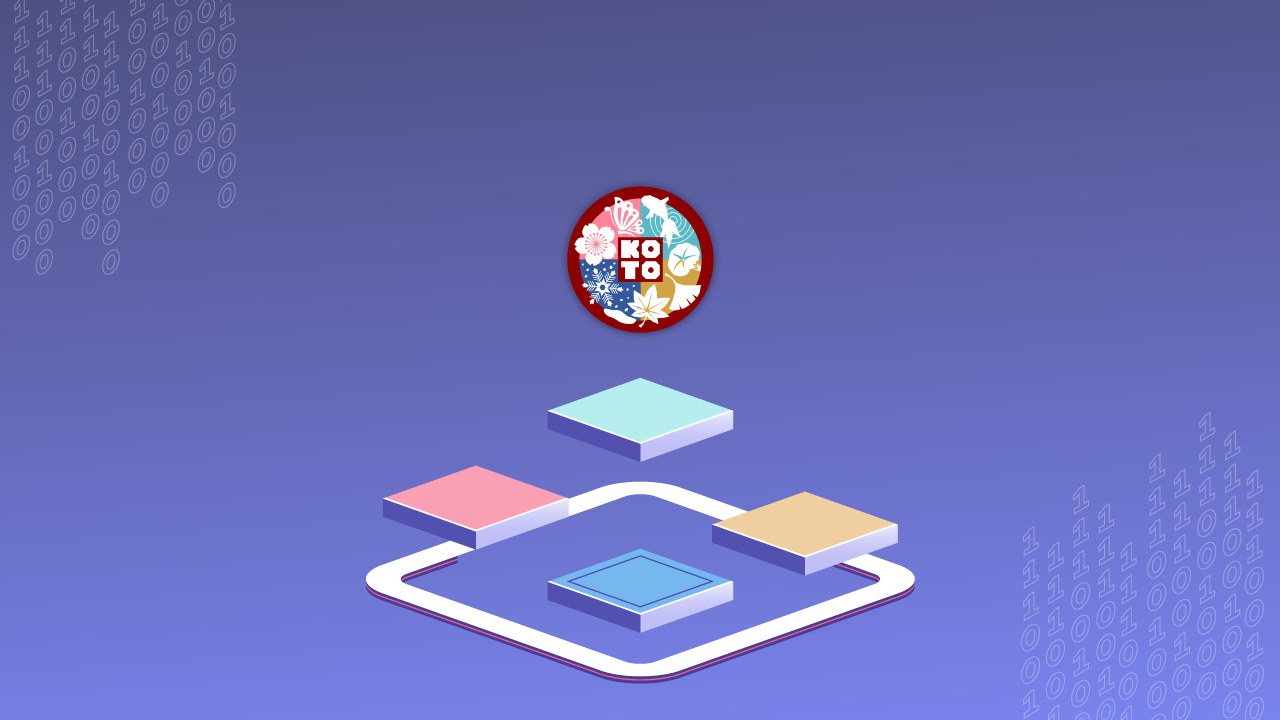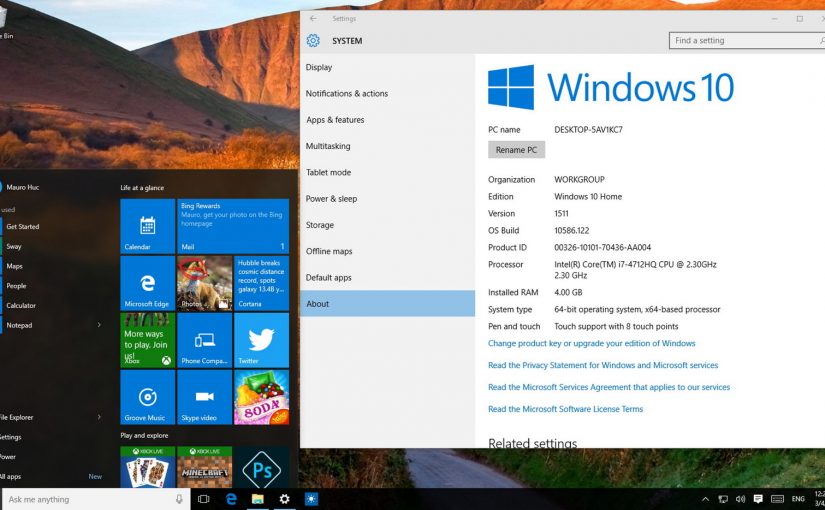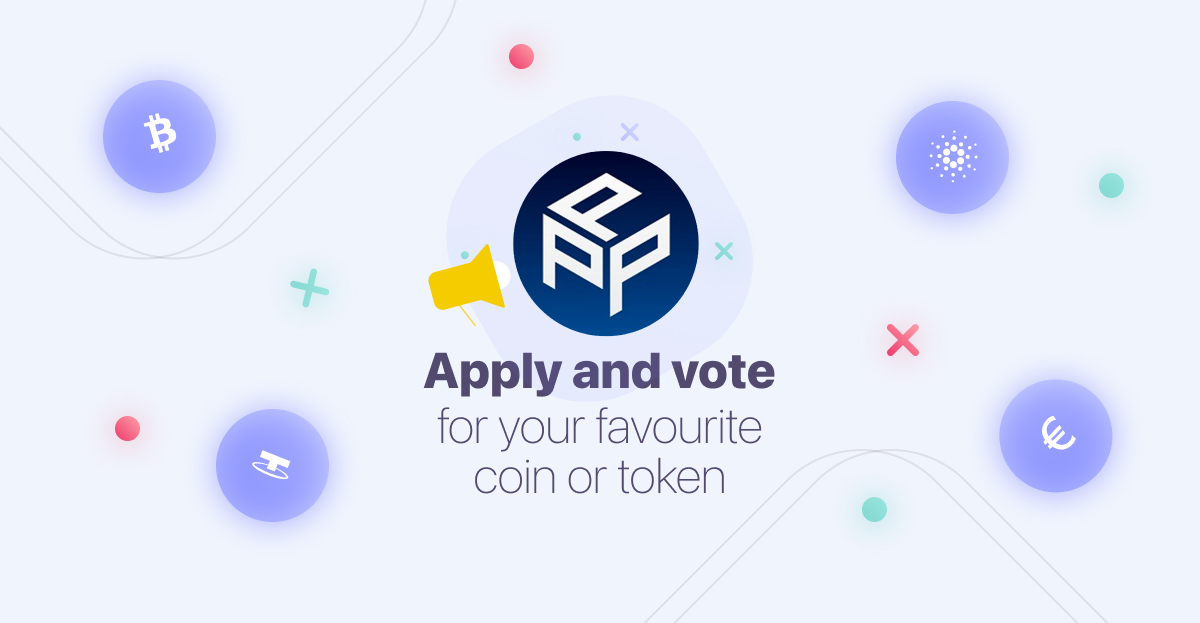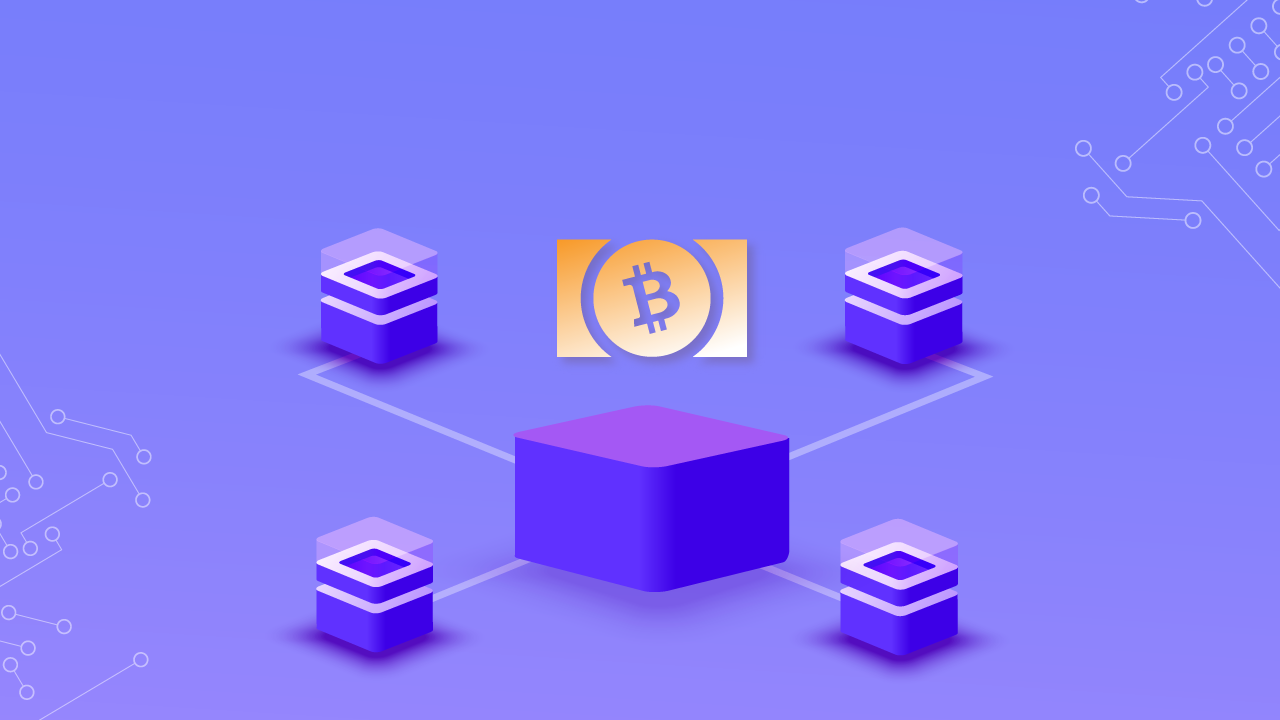
Is Blockchain The Future of Telecom?
It was 2009, when blockchain technology was introduced. After 11 years, the digital ledger has become one of the most talked-about and touted technologies. Blockchain applications are still in their infancy, and industry-wide standards are likely still a few years away. The telecommunications sector is one example.
Bitcoin's central underlying technology is blockchain. It's a method of having "blocks" of encrypted data "chained" to one another in a secure manner such that the data can't be changed after the transaction is logged.
One of the most challenging aspects of addressing blockchain in telecommunications is its many potential uses and applications. Considering the vast amount of current databases and storage systems that might be replaced or enhanced by distributed ledgers, you can see the potential of this by sheer amount of telecom users at present.
Blockchain is a general-purpose technology with potential uses in the telecom industry, ranging from allowing new services (e.g., managing safe and trustworthy connections between IoT devices) to streamlining internal telco processes. In virtually every sector, blockchain has the potential to disrupt or alter business paradigms. According to a recent study by a prominent market research firm, the blockchain in the telecom industry is projected to expand from USD 46.6 million in 2018 to USD 993.8 million by 2023, representing an 84.4 percent compound annual growth rate (CAGR).
Blockchain and Telco
The telecommunications value chain includes supplying network infrastructure and connections for voice, data, media, and other related services. Data security, integrity, inspection, and fraud protection are required when data is sent across networks. More devices are being introduced to the network due to IoT and edge computing, necessitating device identification and security. Lease management of 5G Network slicing for telecom and network partners, businesses, Mobile Virtual Network Operators (MVNOs), and Over the Top (OTT) players are among the various flavors of network management and infra sharing models that are emerging.
Partner management, enterprise management, and customer management procedures are included in core operations such as Operation Support System (OSS), and Business Support System (BSS) processes to handle contracts, settlement, supply chain management, and SLA management. New business models and ecosystem partners also play a role in the digital journey. Through digital bundle value propositions, blockchain can help simplify processes, make them more safe, transparent, and efficient, and discover new income sources.
Telecommunications Use-Cases for Blockchain
Blockchain is emerging as a breakthrough solution to address the industry's current problems, ushering in a new era of efficiency, transparency, and security. This technology changes telecom because it allows complete automation in a financial settlement, fraud prevention, and KYC processes for onboarding clients.
Let's take a look at a few telco-specific scenarios:
Settlements and Roaming
As previously stated, roaming is a significant problem since mediators regulate roaming partner settlements, which may take up to two months to resolve. Manual mistakes, scams, a lack of transparency, and other problems arise due to this procedure.
Smart contracts' capabilities may be used to automate this complicated procedure. By removing third-party mediators and automating SLA agreements via tamper-proof verifiable transactions and real-time updates to end-users, Smart Contracts on the Blockchain network can guarantee payment between participating members.
Fraud Prevention and Identity Management
Identification management and fraud protection are critical in the telecom sector since numerous third-party agents handle the submission of identity papers, increasing the possibilities of misappropriation and leakage. Such problems may be addressed using blockchain, which provides decentralized storage with complete control staying in the hands of document owners. Its intransitive character will aid in the reduction of forgery and the management of fraudulent document submission.
Extensive databases and storage in the telecom sector may be replaced with distributed ledgers, eliminating several problems.
Portability of mobile phone numbers (MNP)
Suppose you've gone through the MNP process. The high processing time is primarily due to data mismatches across operators and the need for frequent updates from the central database.
By establishing a single source of truth where all service providers can evaluate and act on requests for Mobile Number Portability, blockchain may simplify this complicated process. Because all service providers have access to the shared data, the distributed ledger will help eliminate single-point failure. As a result, MNP may be completed in minutes rather than days.
Making 5G Securer
5G will enable linked devices to communicate quickly and without friction across longer distances. With estimates that two-thirds of the almost 30 billion connected devices will be IoT devices by 2022, 5G will undoubtedly play a key role. However, a few wrinkles must be worked out before 5G can be effectively implemented. Consider the existing Access Network Discovery and Selection Function System (in charge of determining the best access network for a device). Because the system is centralized, it is prone to delays and problems with network provisioning. Smart contracts can make provisioning between networks and end-users accessible with a blockchain-based approach. Blockchain may also unlock lower prices or better connectivity by enforcing dynamic rules and contracts across these networks.
5G raises specific security issues as well. The data received by linked devices must be reliable and free of malicious interference to be implemented securely. Blockchain can guarantee that data transmission is tamper-proof, decentralized, and validated in real-time, allowing 5G to achieve its full potential and protecting against large-scale security breaches.
Closing Thoughts
As the telecommunications industry prepares for the new age of 5G and disruption, businesses must concentrate on innovation and how to stay competitive. Many companies are searching for new technology to help them revitalize and future-proof their businesses to become more efficient and customer-friendly, preparing them for the inevitable disruption. When it comes to simplifying processes, unleashing new business models, and lowering operational costs, one technology assists CSPs in their transformation: blockchain.

Jane
sdf sdf dfgdfg dfg dfgdfg dfg df




